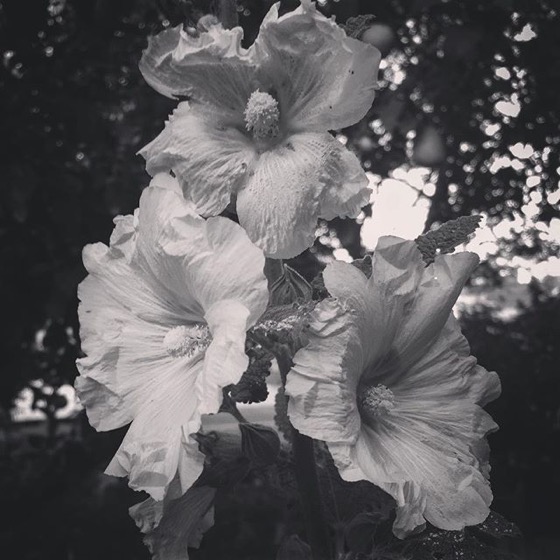Archive.org has a host of old gardening books (from mid-19th to mid-20th Century) available in many formats and on a host of topics. I happened across a few in my Pinterest feed and gone completely down the rabbit hole in this treasure trove of information. Sure some ideas might be out of
Historical Garden Books: The Floral magazine (1870) – 24 in a Series
Gorgeous paintings of flowers decorate this list of new flowers that gardeners might find interesting for their own gardens. — Douglas
Download in Text, PDF, Single Page JPG, TORRENT from Archive.org
ONCIDIUM KRAMERIANUM.
The imitative forms of many plants and insects are well known, and are in no tribe of plants more remarkable than in the orcliidacese. Even amongst our native orchids this is seen, and the bee and fly orchis are known to those lovers of wild flowers who ramble over our chalky downs ; the beautiful Peristeria or dove plant is another example of this, but perhaps in none is it more remarkable than in the species Oncidium Papilio and Papilio Major. Few persons for the first time admitted into an orchid house where these are in bloom, and ignorant of their existence, but would be ready to exclaim, “ What a fine butterfly !” Flowering at the end of a slender stem four or five feet long, and fluttering in the draught of the opened door, it is so very like the insect from which it derives its name, that a person might well be pardoned for the mistake.
Oncidium Kramerianum, one of the many introductions of Mr. William Bull, is a species differing considerably from the older species, and coming from a different locality, viz., New Granada, while Oncidium Papilio is, we believe, exclusively confined to the West Indies ; the main difference being in the fringe that surrounds all parts of the flower, especially the lower lip, and the colours being much brighter. In cultivation the same treatment will be successful as that adopted for 0 . Papilio.
All lovers of orchids would do well to visit Mr. Bull’s establishment, as he has recently erected what may well be described as a model orchid house, where all the latest suggestions as to the successful cultivation of this lovely and varied tribe of plants may he seen carried out ; and at the present time, when flowers are so scarce, there may he seen many of the most beautiful of the family in flower, affording another proof of the enterprise and skill which preside over this establishment.
More information on this book:
* A portion of each sale from Amazon.com directly supports our blogs
** Many of these books may be available from your local library. Check it out!
† Available from the LA Public Library











